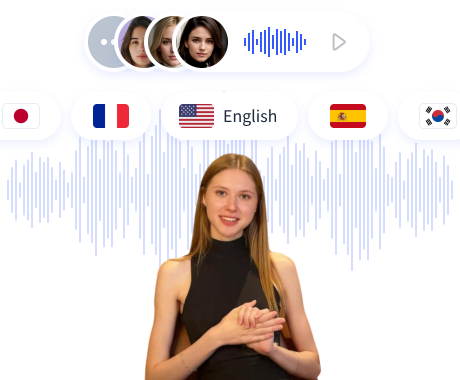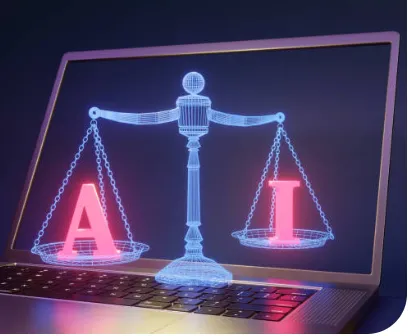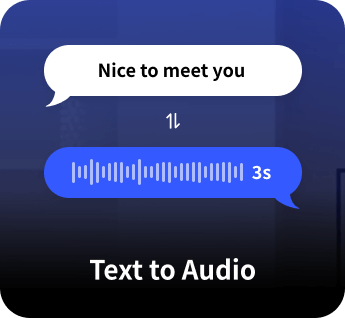
In this research article, I will discuss the fascinating advancements in AI technology that have led to the development of AI-generated text-to-audio systems. These innovative solutions have revolutionized the way we consume written content by transforming it into engaging audio formats.
Click to find more about ai generated text to audio.
The Power of AI-Generated Text-to-Audio

AI-generated text-to-audio technology utilizes cutting-edge algorithms and natural language processing techniques to convert written text into high-quality audio recordings. This breakthrough innovation has opened up new possibilities for individuals with visual impairments, as well as those who prefer listening over reading.
By leveraging deep learning models, these systems can accurately capture the nuances of human speech, including intonation and emotion. The result is a seamless and immersive auditory experience that brings written content to life.
The Potential of AI Video Language Translator
An exciting application stemming from AI-generated text-to-audio technology is its integration with video language translation. By combining computer vision and natural language processing capabilities, AI can now analyze videos in one language and generate synchronized audio translations in real-time.
This advancement has immense potential for breaking down language barriers in various industries such as international business, tourism, and education. It enables users to watch videos in their native languages while still understanding the original content through synchronized translated audio tracks.
Find more about ai video language translator.
VidAU: Enhancing Accessibility Through Audio Description
A remarkable feature offered by some AI-generated text-to-audio platforms is VidAU – an automated system that provides detailed audio descriptions for video content. This functionality caters specifically to visually impaired individuals or those who rely on auditory cues when consuming visual media.
VidAU uses advanced image recognition algorithms combined with natural language generation models to describe scenes within videos. By accurately identifying objects, actions, and settings, it generates vivid audio descriptions that enable visually impaired individuals to fully comprehend the visual elements of a video.
Conclusion
The development of AI-generated text-to-audio technology has significantly enhanced accessibility and transformed the way we consume written content. From providing immersive auditory experiences for all users to breaking down language barriers through real-time translations and enabling visually impaired individuals to access visual media, these advancements have revolutionized the accessibility landscape.
As this technology continues to evolve, it holds great promise for further customization and adaptation to different markets. By tailoring features according to specific industry needs or user preferences, AI-generated text-to-audio systems can unlock even greater potential in enhancing communication and accessibility across various domains.

Leave a Reply